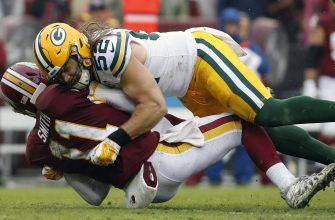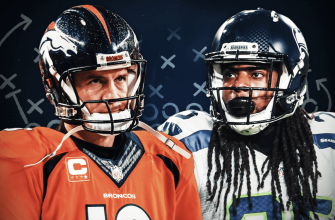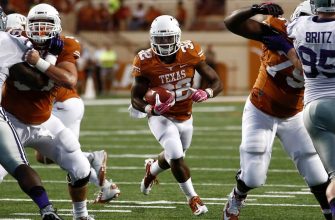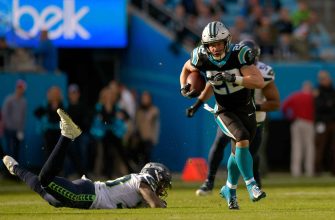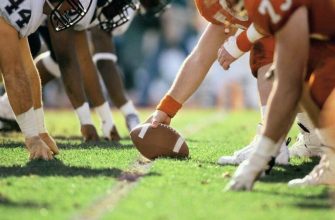21 personnel refers to an offensive personnel grouping that utilizes 2 running backs, 1 tight end, and 2 wide receivers. It has become an increasingly popular personnel package in the NFL and college football over the past decade.
The numbers in the “21” refer to the number of running backs and tight ends on the field. The first number always indicates how many running backs are on the field, while the second number refers to how many tight ends. Since there are 5 eligible receivers in football (QB, RB, WR, TE, FB), the remaining players are wide receivers.
So in 21 personnel, there are 2 running backs, 1 tight end, and 2 wide receivers on the field at the same time. This creates a balanced offensive formation that poses challenges for defenses in stopping both the run and pass. The multiple running backs allow for a powerful rushing attack, while the tight end and two wide receivers provide solid receiving options in the passing game.
In recent years, innovative coaches have found new ways to utilize 21 personnel and maximize its effectiveness. As a result, it has surged in popularity and become one of the most common personnel groupings in football. Its versatility in both the run and pass game makes it an extremely useful package for offensive coordinators.
History
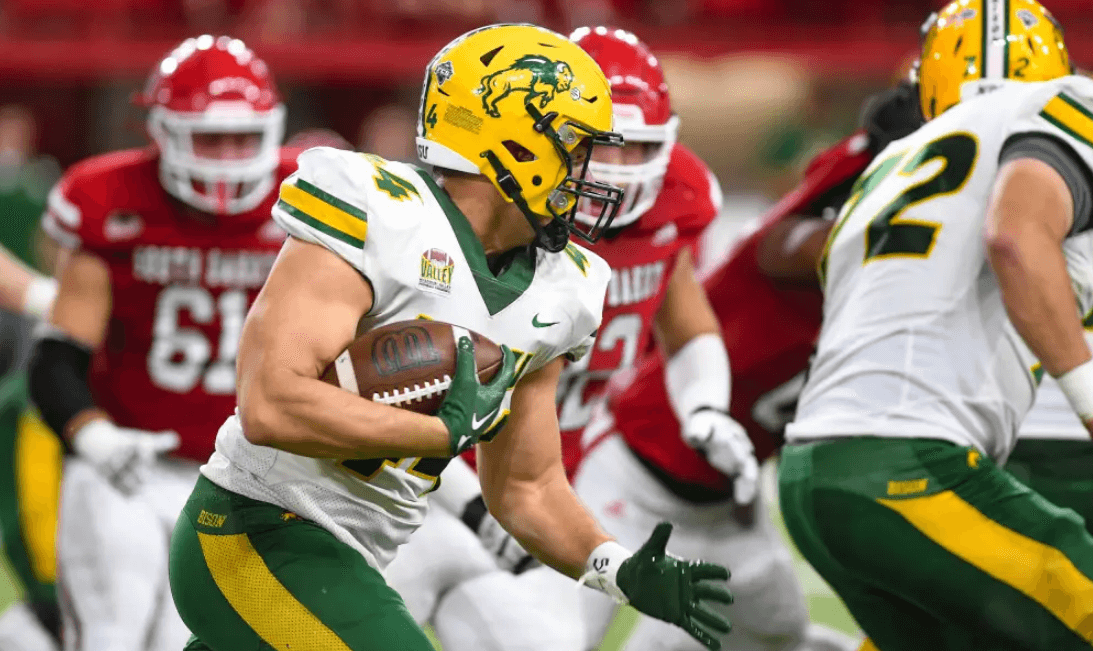
The 21 personnel grouping first emerged in the 1980s as teams began using more 3 receiver sets.
Bill Walsh’s 49ers teams in the 80s frequently used 21 personnel with Roger Craig as the single back and Tom Rathman at fullback. This allowed them to confuse defenses with multiple formations and personnel groups while keeping their base offense on the field.
The grouping grew in popularity in the late 90s and early 2000s. Teams like the Rams and Patriots used 21 personnel effectively with Marshall Faulk and Kevin Faulk as receiving backs paired with fullbacks like Robert Holcombe and Marc Edwards. This gave them an extra receiving threat out of the backfield while still having a lead blocker.
21 personnel exploded in popularity in the late 2000s due to several high-profile teams. The 2009 Saints under Sean Payton used 21 personnel with Pierre Thomas and Mike Bell at halfback and Heath Evans at fullback. And Chip Kelly’s innovative offense at Oregon centered around 21 personnel with a spread running game featuring RB LaMichael James and flexible H-back David Paulson. These innovative uses made 21 personnel increasingly mainstream in college and the NFL.
Personnel
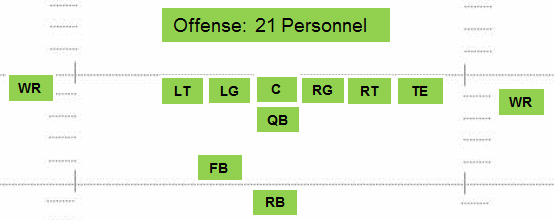
The 21 personnel grouping refers to an offensive formation with 2 running backs, 1 tight end, and 2 wide receivers on the field. This is considered a “regular” personnel grouping as it utilizes a standard number of running backs and receivers.
Running Backs
The two running backs in 21 personnel serve different roles. The first running back lines up directly behind the quarterback and is often the primary ball carrier. This back needs to have good running vision, elusiveness, and the power to pick up tough yards between the tackles. The second running back often lines up offset from the quarterback or alongside him in the shotgun. This back serves as an additional runner but is more often used as a receiver out of the backfield. This back needs good hands and receiving skills to exploit matchups against linebackers in coverage.
Tight End
The tight end in 21 personnel serves as a hybrid receiver/blocker. This player lines up on the line of scrimmage and can set the edge as a blocker in the run game. However, tight ends also run routes and provide an additional target for the quarterback over the middle of the field. The tight end in this personnel brings versatility in both the run and pass game.
Wide Receivers
The two wide receivers in 21 personnel line up on the line of scrimmage and are primarily used as pass catchers. These receivers utilize speed, quickness and route running ability to get open downfield. The outside receiver is often the primary target in the passing game. The slot receiver provides a short and intermediate option while also using his agility to generate yards after the catch. Both receivers require good hands and chemistry with the quarterback.
Strengths
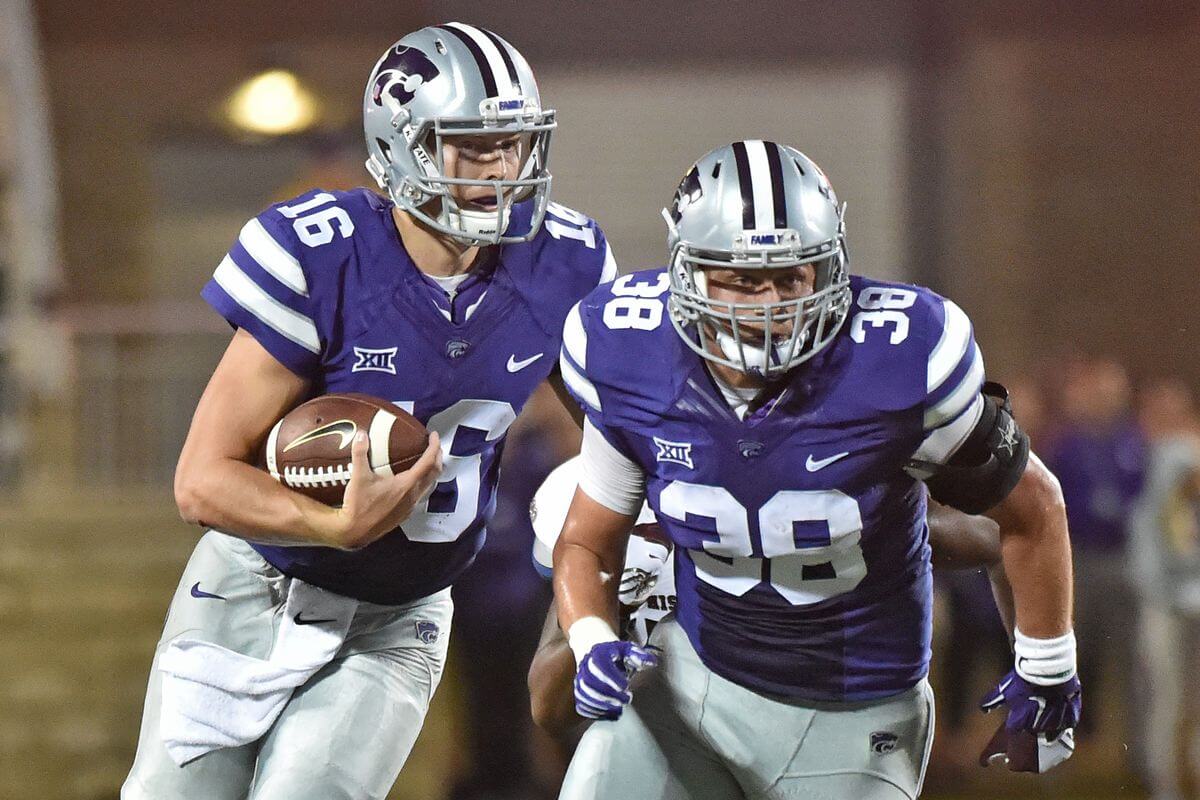
21 personnel is particularly effective at establishing a powerful running game and setting up play action passes. With two running backs and a tight end on the field, defenses must respect the threat of inside power runs. This can open up the outside for toss plays and pitches, as the defenders must flow to the point of attack.
Having multiple running options keeps the defense guessing and prevents them from keying on a single back. The offense can exploit weaknesses in the defensive front by attacking with different ball carriers that have contrasting running styles. Lead blockers are also abundant with a fullback and tight end on the field. This makes play action extremely dangerous, as linebackers and safeties are more likely to bite on fakes after seeing so many runs.
The two backs allow for deception and unpredictability in the running game. Jet sweeps, counters, and misdirection plays can catch defenders out of position. Unbalanced lines and shifting formations before the snap add further confusion. 21 personnel enables coordinators to diversify the rushing attack and introduce more complexity. Defenders are kept off-balance reacting to various looks and runs.
Weaknesses

The 21 Personnel package has some weaknesses that can limit its effectiveness in certain situations.
- Limits passing options: With two running backs and one tight end on the field, there are fewer eligible receivers for the quarterback to throw to. This can make the offense predictable in obvious passing situations, as the defense will know that the receivers and tight end are the likely targets.
- Telegraphs run: When both running backs are on the field, it strongly indicates that a run play is coming. Defenses can stack the box with extra defenders and be in a better position to stop the run. The two backs in the backfield give away the intent to run before the play even begins.
- Vulnerable to blitzes: The two backs offer less pass protection than having an extra tight end or receiver. This makes the QB more susceptible to blitzes up the middle if the defense chooses to send extra rushers.
- Personnel limitations: Requiring two capable running backs on the roster limits roster flexibility. Teams may be short on receivers and tight ends as a result.
Overall, while the 21 Personnel package offers powerful run blocking, it can also advertise the intent to run and create passing limitations that good defenses can take advantage of in certain game situations.
Usage
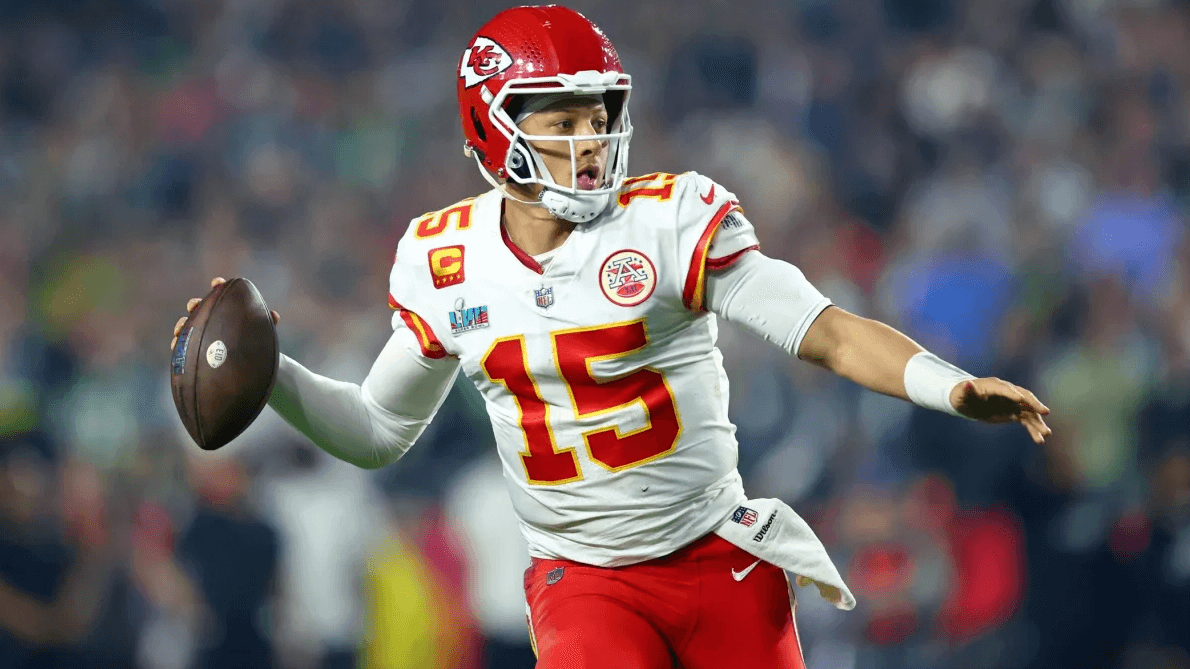
The 21 personnel set is most commonly utilized in specific down and distance, field position, and game situation scenarios.
On first and second downs, 21 personnel allows teams to establish the run while still having multiple receiving threats on the field. The two running backs provide extra blocking and the ability to run the ball inside and outside. Meanwhile, the one tight end and two wide receivers pose a passing threat to keep defenses honest. This personnel grouping gives playcallers added flexibility on early downs.
In short-yardage situations, 21 personnel enables teams to pound the ball and gain tough yards. The two backs provide lead blockers and runners to push the pile and move the chains. The tight end can seal the edge or sneak out for a play action pass.
When backed up inside their own 10-yard line, teams often turn to 21 personnel. The two backs aid in pass protection and run blocking, helping the offense get out from the shadow of its own goal posts. The tight end also assists with blocking and can release on play action.
On third and short, 21 personnel allows for multiple run and pass options. Teams can hand it off to the halfback, sneak behind the fullback, or throw quick passes to the tight end or receivers. The two backs also enable play action bootlegs. This versatility makes 21 personnel a strong choice to convert short-yardage third downs.
Overall, 21 personnel is ideal for teams looking to establish the run while maintaining some unpredictability. The two backs and one tight end provide strong blocking and running options, while the receivers pose a threat on play action passes. These factors make 21 personnel a smart choice in certain down, distance, field position, and game situations.
Playcalling

Playcalling is a critical aspect of 21 personnel offensive schemes. Coaches will utilize various plays to take advantage of the strengths of having two running backs and one tight end on the field.
Some of the most common plays include:
Dives
Inside dive plays up the middle allow the offense to overpower the defense with extra blockers. The two running backs can lead block for each other, with the tight end sealing the edge. Dives are an effective “pounding” play to pick up short yardage.
Counters
Counter runs rely on misdirection by faking one direction and then giving the ball to the running back against the flow of the play. The tight end is key for selling the fake and arc blocking on the backside. Counters challenge the defense’s gap discipline and leverage.
Play Action Passes
Play action passes are the perfect compliment to a successful rushing attack. With two backs and a tight end selling the run fake, the quarterback can take deep shots downfield to receivers in single coverage. Linebackers and safeties who are too aggressive against the run are vulnerable to play action.
Notable Teams
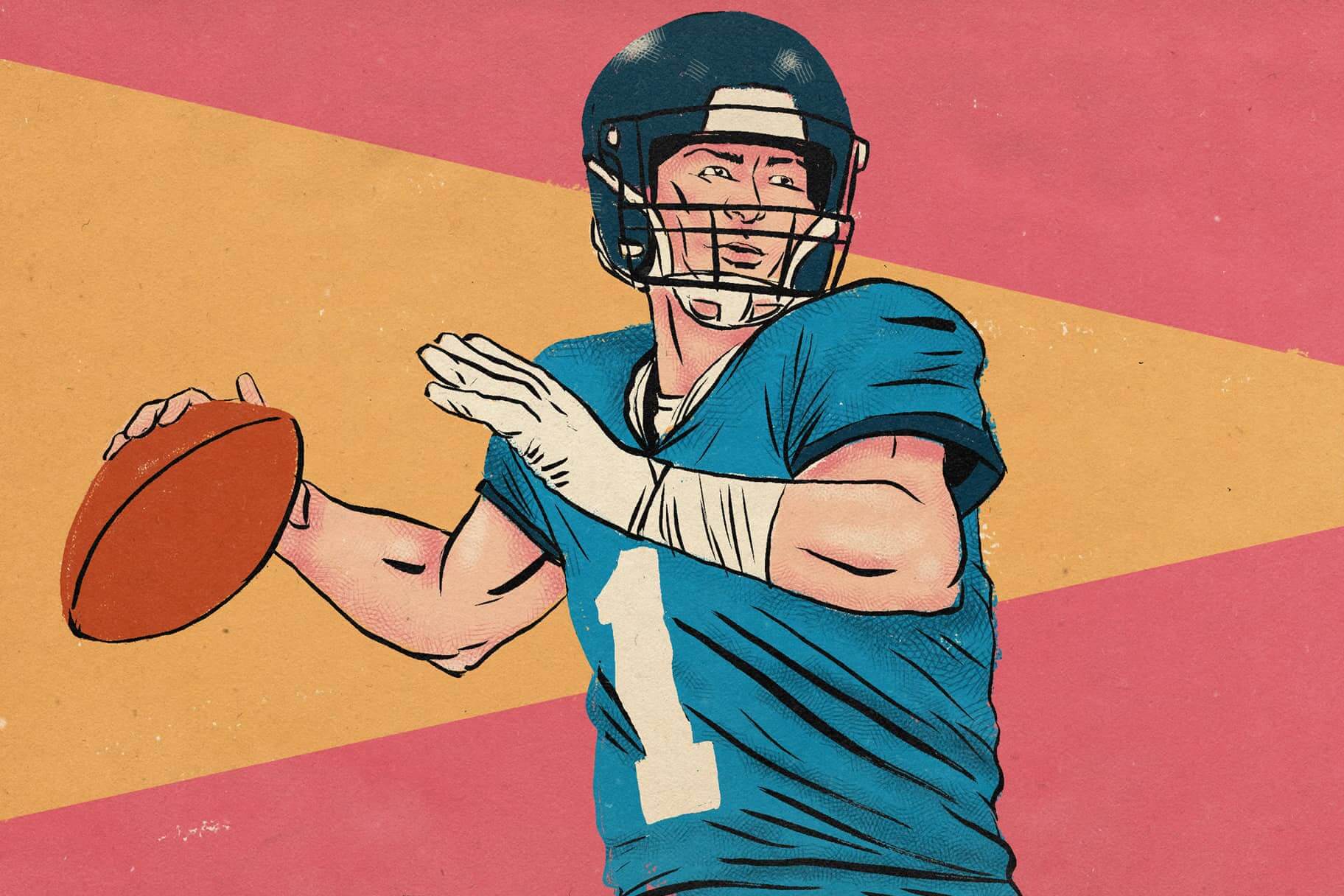
The 21 personnel grouping has been popularized in recent years by several high-profile NFL teams and coaches running innovative offenses.
One of the most prominent examples is Kyle Shanahan and the San Francisco 49ers. Shanahan has built his offense around the zone running scheme, which is well suited for 21 personnel with two tight ends who can block and one running back. With players like George Kittle and others, the 49ers have fielded some of the NFL’s top rushing attacks using this personnel.
Sean McVay and the Los Angeles Rams have also utilized 21 personnel frequently. The Rams often use 21 personnel on earlier downs to set up their play-action passing game. Having two tight ends who can block and threaten the defense as receivers helps make their offense multidimensional. Under McVay, the Rams have been one of the NFL’s top offenses and most creative playcallers.
Other teams like the Baltimore Ravens, Tennessee Titans, and Minnesota Vikings have also relied on 21 personnel to field strong run-heavy offenses in recent years. The grouping allows them to pack the box with extra blockers while still presenting a credible passing threat. Overall, 21 personnel has become a signature part of some of the NFL’s best offenses.
Impact
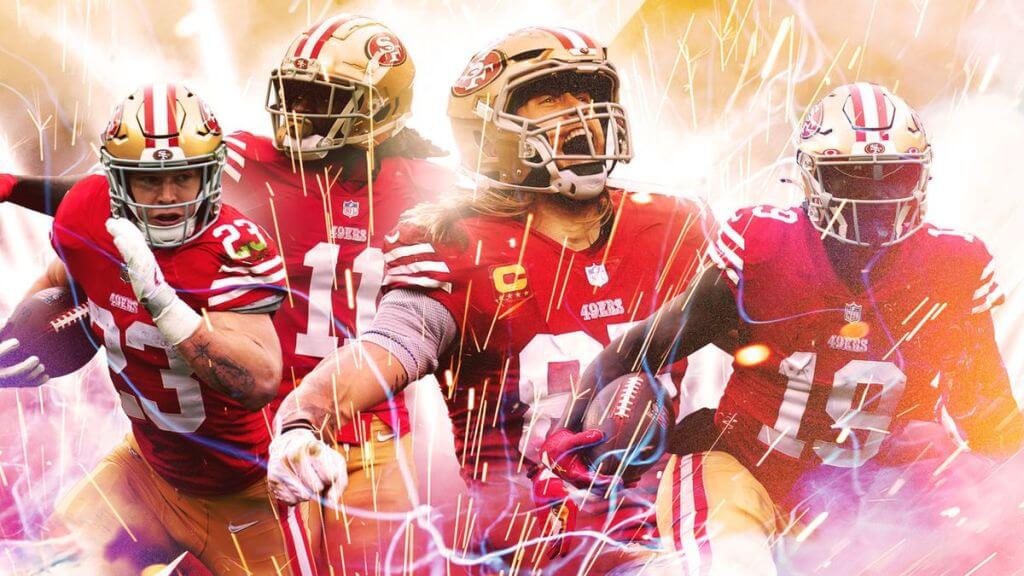
The 21 personnel package has had a major impact on the game of football in recent years. Spreading the defense horizontally with multiple receivers and vertically with a mobile tight end creates matchup issues that are difficult for defenses to contain.
Coaches love the flexibility and unpredictability 21 personnel provides in their playcalling and gameplanning. The running back, tight end, and wide receivers can all be utilized in creative ways that keep defenders guessing. Play action passes, run/pass options, and other versatile plays have flourished out of 21 personnel packages.
The rise of analytics and data-driven decision making in football has also shined a spotlight on the effectiveness of the 21 personnel package. The formation allows offenses to maximize their skill position talent on the field at one time while stressing defenses in multiple dimensions. The numbers and trends clearly show that 21 personnel puts pressure on defenses in ways that lead to big plays and scoring opportunities.
Defensive coordinators have their work cut out for them gameplanning against the varied looks that 21 personnel presents. There are tough choices to make in how to match up against the personnel grouping without leaving glaring weaknesses for offenses to attack. The continued emergence of athletic, pass-catching tight ends and versatile running backs ensures that stopping 21 personnel packages will remain a headache for defenses.
Future
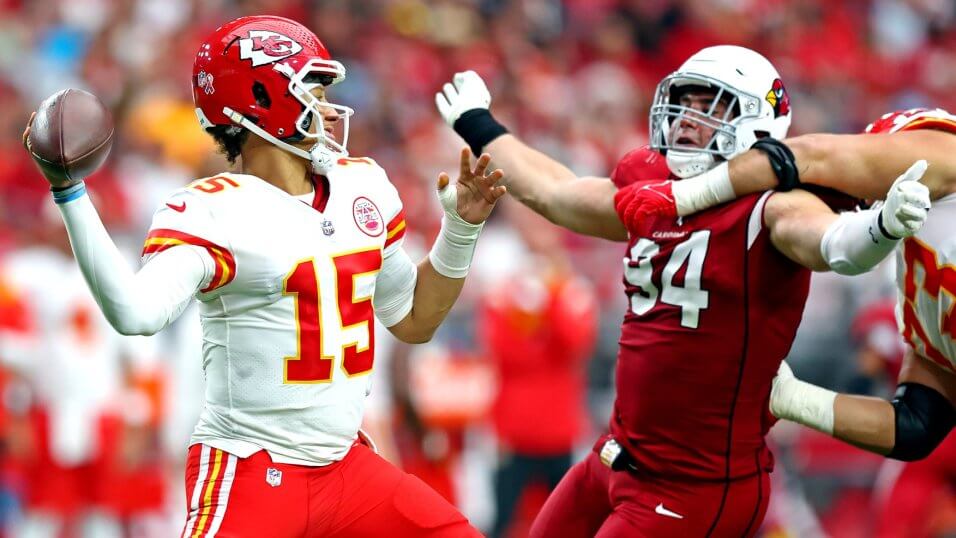
Will the popularity of 21 personnel continue in the future?
Most experts believe it will remain a staple formation in NFL and college offenses but may evolve over time.
The three receiver, one tight end, one running back personnel grouping offers coaches and quarterbacks flexibility to attack defenses in multiple ways. However, as defenses adapt to counter 21 personnel, offenses will need to stay innovative with new formations, motions, and plays out of the set. Many teams are already experimenting by sometimes splitting out the tight end as a receiver or using the running back more in the passing game out of 21.
Some predict 21 personnel could evolve into more of a spread offense look over time, with four receiver sets becoming more common. But the running back provides value in pass protection and run threat, so removing that player altogether has downsides. Overall, 21 personnel succeeds because it balances and blends both the run and pass, giving offenses dressed-up looks and deception. It will likely remain popular for these reasons, though with new wrinkles and innovations mixed in.
The chess match between offense and defense continues. 21 personnel has stood the test of time, but it will need to continue adapting to keep delivering results in the future. The core concept of two backs and one tight end shows no signs of going away, even as the pieces on the board shift into new spots.


